Blockchain and the Circular Economy: A Sustainable Partnership
6 January 2025
Our world is changing rapidly, and with that change comes the challenge of addressing the environmental impacts of our consumption-driven lifestyles. One of the most promising solutions to this problem is the circular economy. This model emphasizes reducing waste, reusing resources, and creating sustainable systems. But here's the thing: implementing a circular economy on a large scale is no easy task. It requires transparent systems, trust, and traceability. And that's where blockchain technology comes in.
Yep, the same technology that powers cryptocurrencies like Bitcoin might just be the key to unlocking a more sustainable future. Stick with me as we dive into how blockchain and the circular economy could form a powerful partnership for sustainability.
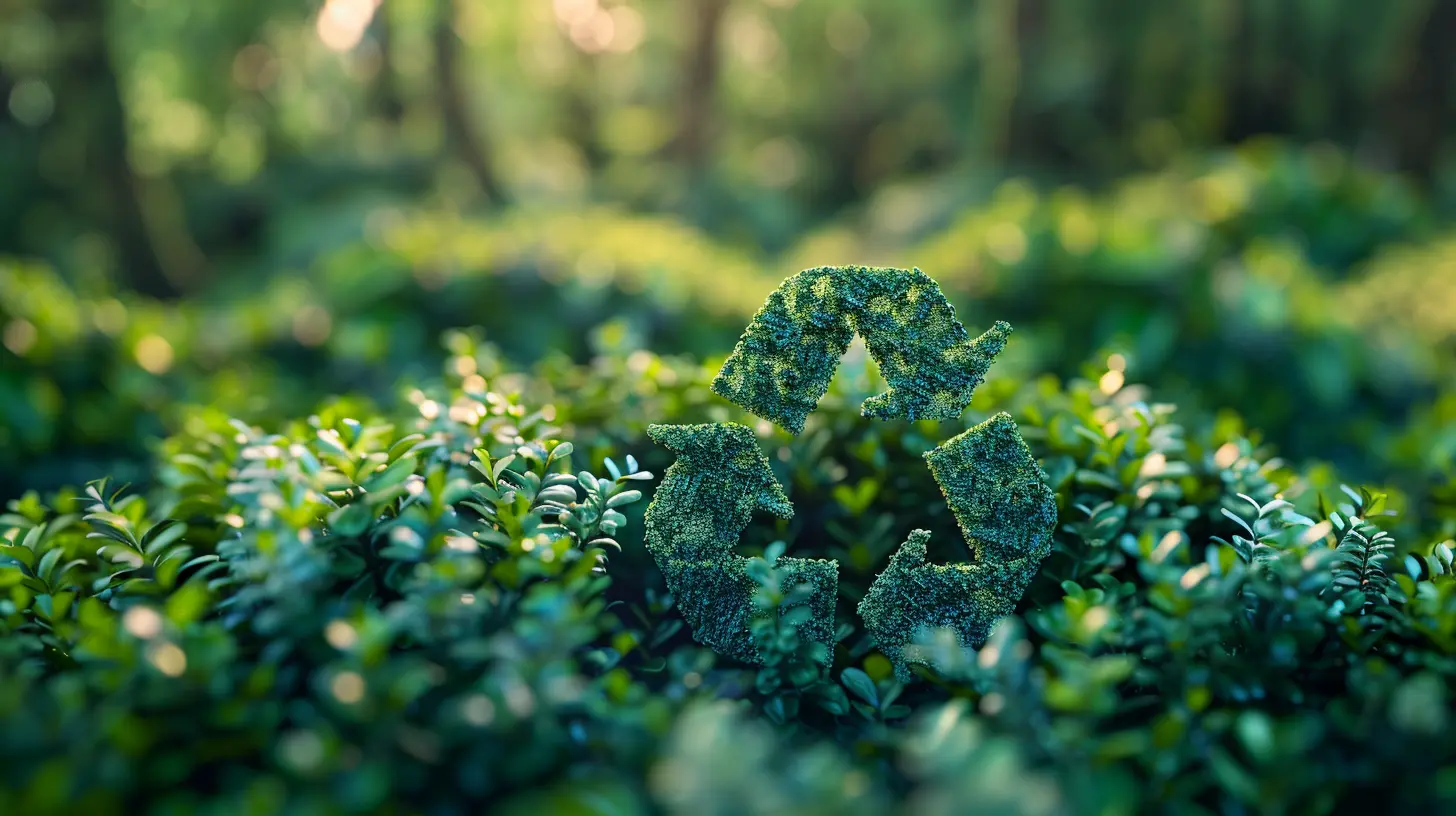
What is the Circular Economy?
Before we get into the blockchain side of things, let's quickly break down what the circular economy is all about. In simple terms, it's a model designed to eliminate waste and keep products, materials, and resources in use for as long as possible.Think about it like this: in a traditional economy (also known as a linear economy), products are made, used, and then thrown away. It's a "take, make, dispose" mindset. But in a circular economy, that loop gets closed. Instead of products ending up in landfills, they're recycled, refurbished, or repurposed. The goal? To reduce the need for new resources, cut down on waste, and create a more sustainable and regenerative system.
For instance, imagine you buy a smartphone. In a circular economy, when you're done with it, instead of tossing it in a drawer or trashing it, the phone could be sent back to the manufacturer to be refurbished or its parts could be recycled for new devices. The materials live on, and the cycle continues.
But here's the catch: implementing a circular economy at scale requires a huge amount of coordination. You need to track products, ensure transparency across supply chains, and verify that recycled materials are actually being reused. And that's where blockchain comes in to save the day.
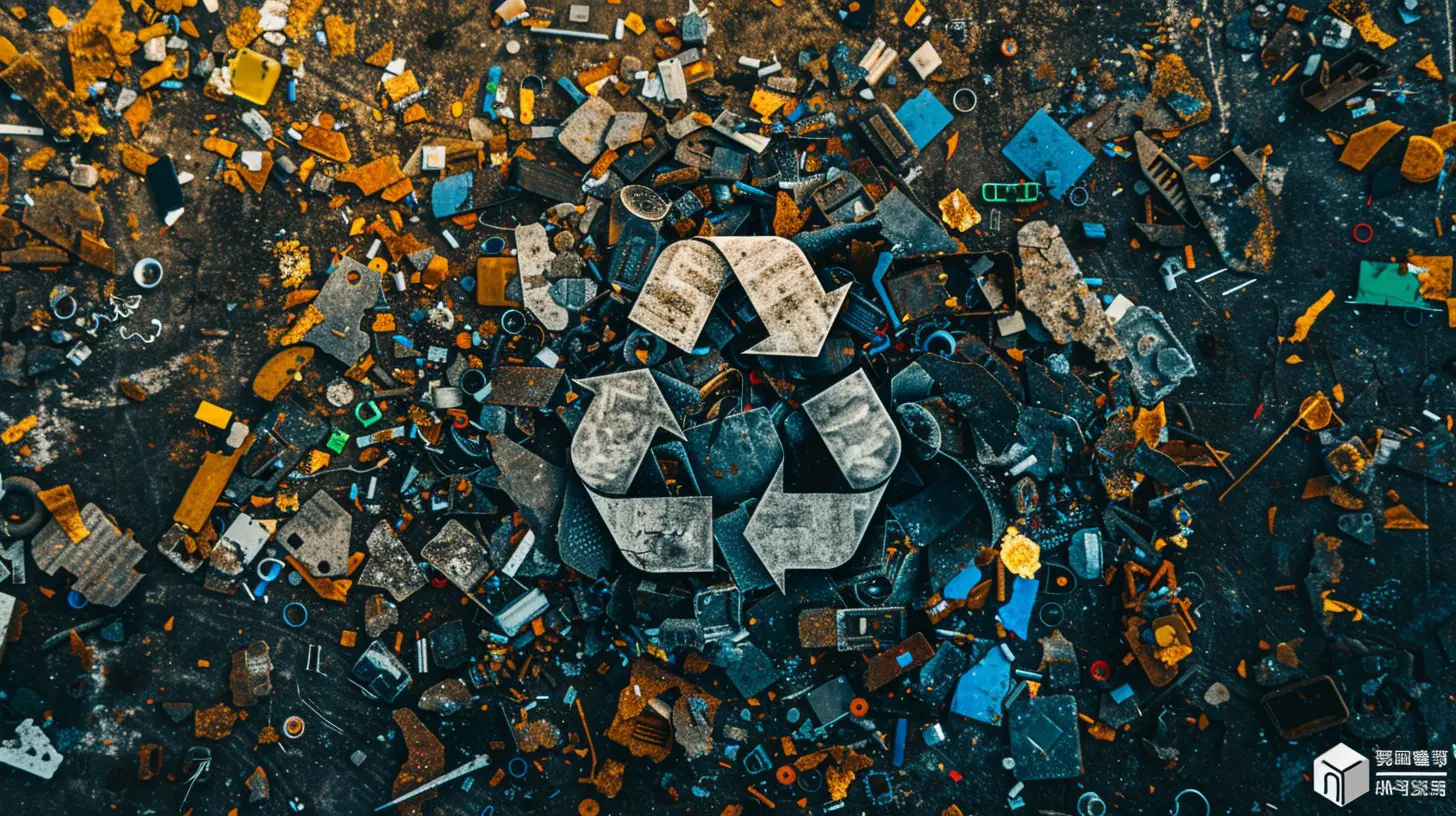
Understanding Blockchain Technology
Now, let's talk blockchain. I know what you're thinking: “Isn’t blockchain just for crypto?” Well, not exactly. While it's true that blockchain is the technology behind cryptocurrencies like Bitcoin and Ethereum, its potential goes way beyond digital money.At its core, blockchain is a decentralized, digital ledger. It’s a way to record transactions and data in a secure, transparent, and immutable manner. Every time a transaction is made, it's added to a "block" and linked to previous blocks in a chain (hence, the name). Once something is recorded on the blockchain, it can’t be altered without everyone knowing. It's like an indelible ink on a ledger that everyone can see but no one can change.
So, how does that fit into the circular economy? Well, blockchain offers the transparency and traceability needed to build trust within circular supply chains. It ensures that everyone—manufacturers, consumers, recyclers, and regulators—has access to accurate, real-time data on where products and materials come from, how they’re used, and what happens to them after their initial use.
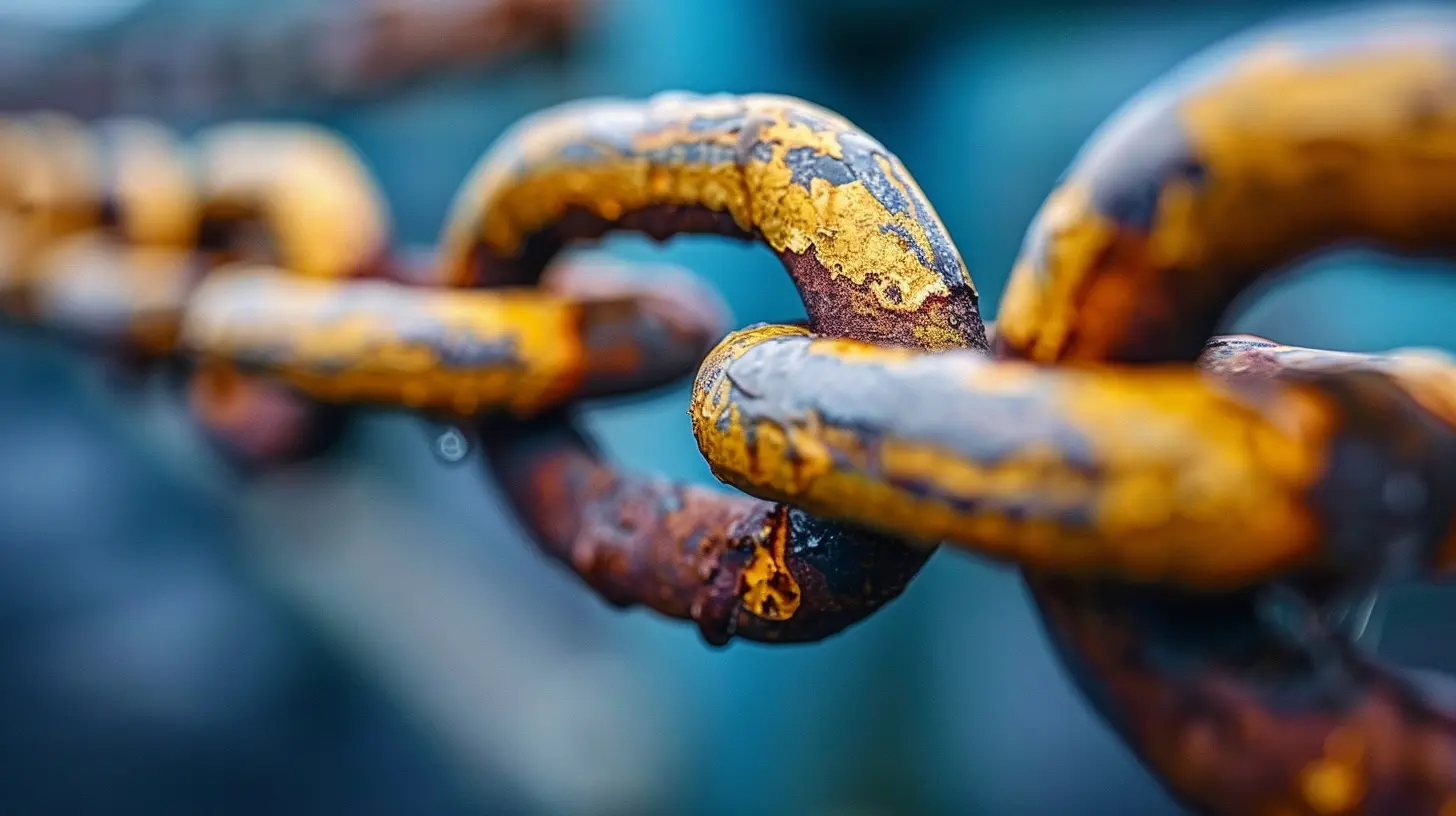
How Blockchain Can Boost the Circular Economy
Now that we’ve got the basics down, let’s look at how blockchain and the circular economy can work hand in hand. Here are a few ways blockchain can supercharge the circular economy.1. Enhancing Transparency in Supply Chains
One of the biggest challenges in creating a circular economy is ensuring that materials and products are tracked throughout their lifecycle. Blockchain can provide a transparent, tamper-proof record of every step in the supply chain.Imagine you're buying a T-shirt. With blockchain, you could scan a QR code on the label and instantly see where the cotton was grown, where the shirt was manufactured, and how it was transported to the store. You could even check if the materials were ethically sourced or if they contain recycled fibers. This level of transparency builds trust between consumers and brands, making it easier to support sustainable practices.
2. Enabling Product Lifecycle Management
In a circular economy, products need to be tracked not just during their initial sale but throughout their entire lifecycle. Blockchain can help manage this by recording data on a product’s usage, repairs, and eventual recycling.Let’s go back to that smartphone example. With blockchain, you could see if your phone has been repaired before, if it's made with recycled parts, or if it’s eligible for refurbishment. This data can be stored securely on a blockchain, ensuring that it’s accurate and easily accessible to consumers, manufacturers, or recyclers.
3. Facilitating Resource Sharing and Redistribution
Blockchain can also play a key role in systems that promote sharing and redistribution. Think of it like this: instead of owning a product outright, you might “borrow” it for as long as you need and then return it.For example, some companies are experimenting with leasing clothing or electronics. Blockchain can be used to track who has borrowed an item, how long they’ve had it, and what condition it’s in when it’s returned. This kind of transparency makes sharing systems more efficient and trustworthy, encouraging people to participate in the circular economy without worrying about fraud or misuse.
4. Verifying Sustainability Claims
We’ve all seen companies make bold claims about being "eco-friendly" or "sustainable," but how can we know if those claims are real? Blockchain can help verify sustainability certifications and ensure that products truly meet environmental standards.For instance, if a brand claims that their packaging is made from 100% recycled materials, blockchain can provide proof. It can trace the origins of the materials used, ensuring that they are indeed recycled. This kind of verification can prevent greenwashing (when companies falsely promote their products as environmentally friendly) and give consumers confidence that they’re making sustainable choices.
5. Incentivizing Recycling Through Tokenization
One of the most exciting ways blockchain can support the circular economy is through tokenization. Essentially, tokenization allows for the creation of digital tokens that represent real-world assets or actions. These tokens can then be used to incentivize behaviors like recycling or returning products for refurbishment.For example, imagine a scenario where you return your old smartphone to a recycling center. Instead of just dropping it off, you could receive a digital token in return, which you could use for discounts on future purchases or even trade for cash. Blockchain makes this system secure and transparent, making it easier to reward sustainable actions and encourage participation in the circular economy.
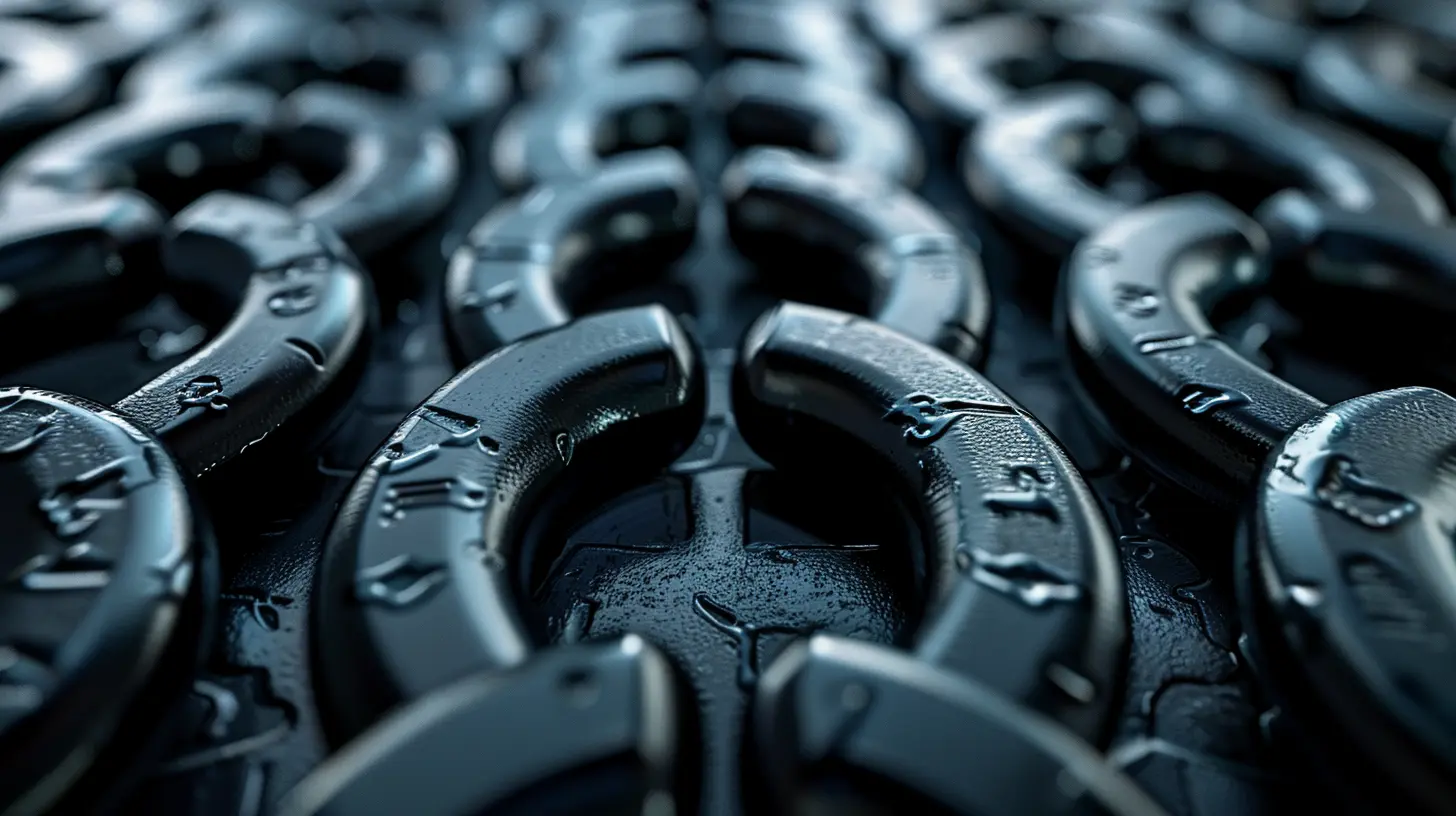
Challenges of Using Blockchain in the Circular Economy
Of course, as with any emerging technology, blockchain isn’t a magic bullet. There are challenges to consider when implementing blockchain in the circular economy.Energy Consumption
One of the biggest criticisms of blockchain technology is its energy consumption, especially for processes like mining cryptocurrencies. However, not all blockchain systems are created equal. Some newer blockchain platforms, like those using proof-of-stake (PoS) consensus mechanisms, are far more energy-efficient than traditional proof-of-work (PoW) systems. In the context of the circular economy, it’s essential to use energy-efficient blockchain technologies to avoid creating more environmental problems than we solve.Scalability
Another challenge is scalability. While blockchain is excellent for tracking data on a small scale, managing massive global supply chains could be a different story. Ensuring that blockchain networks can handle large volumes of transactions without compromising speed or security will be crucial for its widespread adoption in the circular economy.Integration with Existing Systems
The circular economy involves many different stakeholders—manufacturers, retailers, recyclers, and consumers. Integrating blockchain with existing systems and ensuring that everyone is on board could be a significant hurdle. There needs to be collaboration across industries and sectors to make blockchain adoption a reality.The Future of Blockchain and the Circular Economy
So, what does the future hold for this sustainable partnership between blockchain and the circular economy? Honestly, it's looking pretty bright. As companies and governments become more committed to sustainability, the need for transparent and traceable systems will only grow. Blockchain offers a solution that can provide the trust, transparency, and accountability needed to make the circular economy a reality.Imagine a world where every product you buy has a digital history that you can access, showing you the entire journey from raw material to final product. A world where recycling and reuse are incentivized through digital tokens, and where you can trust that the products you buy are truly sustainable. That’s the future we could build with blockchain and the circular economy working together.
Conclusion
Blockchain and the circular economy might seem like an unlikely pair, but together, they have the potential to revolutionize the way we think about consumption, waste, and sustainability. Blockchain's transparency, traceability, and security are exactly what’s needed to create a more efficient and trustworthy circular economy.Sure, there are challenges to overcome, like energy consumption and scalability, but the benefits are too significant to ignore. By combining blockchain with circular economy principles, we can create a more sustainable, equitable, and resource-efficient future. Let’s embrace this tech-driven path toward a greener tomorrow.
all images in this post were generated using AI tools
Category:
Blockchain TechnologyAuthor:

Reese McQuillan
Discussion
rate this article
24 comments
Haze Lawson
In the dance of innovation, blockchain spins a tale, Empowering the circular dream, where waste is frail. Together, they weave a sustainable future, bright and pale.
February 21, 2025 at 5:01 AM

Reese McQuillan
Thank you for your poetic insight! Blockchain indeed plays a crucial role in enhancing the circular economy, creating a more sustainable future.
Melanie Larsen
This article brilliantly highlights how blockchain can revolutionize the circular economy! It’s exciting to see technology and sustainability intersecting in such impactful ways. The potential for transparency and efficiency in resource management is a game-changer. Here’s to a greener future, powered by innovation! 🌍💚 #Sustainability #Blockchain
February 1, 2025 at 11:29 AM

Reese McQuillan
Thank you for your insightful comment! I'm glad you found the intersection of blockchain and sustainability exciting. Together, they truly hold the promise for a more efficient and transparent circular economy! 🌱
Beatrice McAllister
Great read! It's exciting to see how blockchain can enhance sustainability in the circular economy. Embracing technology for a greener future feels like a win-win for everyone involved!
January 26, 2025 at 7:48 PM

Reese McQuillan
Thank you! I’m glad you enjoyed it and share the excitement for the potential of blockchain in promoting sustainability!
Destiny Hudson
Great insights on sustainability and blockchain synergy!
January 22, 2025 at 8:13 PM

Reese McQuillan
Thank you! I'm glad you found the insights valuable.
Ashley Sullivan
Absolutely love this article! 🌍✨ The synergy between blockchain and the circular economy is truly inspiring. It's exciting to see how technology can foster sustainability and innovation, paving the way for a brighter, greener future. Keep shining!
January 18, 2025 at 8:51 PM

Reese McQuillan
Thank you so much! I'm thrilled to hear you enjoyed the article. The potential of blockchain in promoting sustainability is indeed exciting! 🌱
Nathan Wilcox
Blockchain’s transparency and traceability can revolutionize the circular economy by enhancing resource management and reducing waste. This synergy holds the potential to drive sustainable practices and create a resilient, eco-friendly future.
January 14, 2025 at 9:12 PM

Reese McQuillan
Thank you for your insightful comment! I completely agree—blockchain's ability to improve transparency and traceability is crucial for optimizing resource management and promoting sustainability in the circular economy.
Azura Moore
What a fantastic read! It's inspiring to see how blockchain can drive sustainability in the circular economy. This partnership has the potential to revolutionize how we approach resource management and reduce waste. Excited to see how these innovations unfold for a greener future! Keep up the great work!
January 12, 2025 at 9:39 PM

Reese McQuillan
Thank you for your kind words! I'm glad you found the article inspiring. Exciting times ahead as we explore the potential of blockchain in driving sustainability!
Charlotte Nelson
Great article! I appreciate how you highlighted the potential of blockchain in supporting the circular economy. It’s inspiring to see technology being leveraged for sustainability. I look forward to seeing how these innovations can drive impactful changes in resource management and environmental stewardship.
January 12, 2025 at 12:40 PM

Reese McQuillan
Thank you for your thoughtful comment! I'm glad you found the article inspiring and see the potential for blockchain in promoting sustainability. Let's keep the conversation going!
Samira McMahan
Empowering sustainability: Blockchain revolutionizes the circular economy for a brighter future!
January 12, 2025 at 6:02 AM

Reese McQuillan
Thank you! Blockchain indeed offers innovative solutions to enhance transparency and efficiency in the circular economy, driving us toward a more sustainable future.
Malia Ramos
Blockchain enhances transparency and traceability in the circular economy, fostering sustainable practices and reducing waste effectively.
January 11, 2025 at 9:22 PM

Reese McQuillan
Thank you! I'm glad you found the article insightful. Blockchain indeed plays a crucial role in promoting sustainability through enhanced transparency and traceability in the circular economy.
Maris Lopez
The article insightfully explores how blockchain technology can enhance transparency and efficiency within the circular economy. By enabling traceability of resources, it fosters sustainable practices and reduces waste. This partnership not only supports environmental goals but also drives innovation, making it a crucial development for future sustainability efforts.
January 11, 2025 at 12:22 PM

Reese McQuillan
Thank you for your insightful comment! I'm glad you found the article highlights on how blockchain can drive sustainability within the circular economy valuable. Your engagement is much appreciated!
Bethany McCabe
Blockchain enhances transparency, driving circular economy success.
January 11, 2025 at 4:52 AM

Reese McQuillan
Thank you for your comment! Indeed, blockchain's transparency fosters trust and accountability, which are vital for the success of the circular economy.
Leslie Rivera
This article highlights the promising synergy between blockchain technology and the circular economy. By enhancing transparency and traceability, blockchain can significantly boost sustainability efforts, driving more efficient resource use and reducing waste. Great insights!
January 10, 2025 at 7:38 PM

Reese McQuillan
Thank you for your thoughtful comment! I'm glad you found the insights on blockchain's role in promoting sustainability valuable.
Joy McDowell
Great insights on how blockchain can drive sustainability! Excited to see this partnership flourish for our future!
January 10, 2025 at 1:41 PM

Reese McQuillan
Thank you! We're excited about the potential of blockchain to enhance sustainability in the circular economy as well!
Gwen Pacheco
Unlocking the potential of blockchain within the circular economy presents a paradox of transparency and trust. As we navigate this digital labyrinth, will we find harmony in sustainability, or are we merely trading one tether for another? The future whispers secrets; it’s time to listen closely.
January 10, 2025 at 5:59 AM

Reese McQuillan
Thank you for your insightful comment! Indeed, navigating the complexities of blockchain in the circular economy requires balancing transparency and trust. By embracing these challenges, we can unlock sustainable solutions that truly benefit our environment.
Brandon McKay
This article compellingly outlines how blockchain technology can enhance the circular economy by improving transparency, traceability, and efficiency in resource management. By enabling more sustainable practices and reducing waste, blockchain serves as a powerful tool for businesses and consumers alike, fostering a greener future through innovation and collaboration.
January 9, 2025 at 7:21 PM

Reese McQuillan
Thank you for your insightful comment! I'm glad you found the article highlights how blockchain can drive sustainability in the circular economy. Your support for innovation and collaboration is crucial for a greener future.
Zarek Richardson
Blockchain revolutionizes the circular economy, ensuring transparency and efficiency for a truly sustainable future. Essential!
January 9, 2025 at 11:26 AM

Reese McQuillan
Thank you for your comment! I completely agree—blockchain's ability to enhance transparency and efficiency is vital for driving sustainable practices in the circular economy.
Pierce Anderson
Ah yes, because nothing screams sustainability like a tech solution powered by endless servers!
January 9, 2025 at 3:53 AM

Reese McQuillan
Thank you for your perspective! While tech solutions can have energy demands, innovative approaches are being developed to enhance sustainability in blockchain and circular economies.
Vincent Hensley
This article brilliantly highlights the synergy between blockchain technology and the circular economy. By enhancing transparency and traceability, blockchain can drive sustainable practices, reduce waste, and foster innovation, paving the way for more responsible consumption and production.
January 8, 2025 at 7:58 PM

Reese McQuillan
Thank you for your insightful comment! I'm glad you found the connection between blockchain and the circular economy compelling. Your points on transparency and innovation are crucial for achieving sustainability.
Shiloh McFarland
Is it just me, or does 'Blockchain and Circular Economy' sound like the title of a tech-savvy superhero duo? One spins webs of trust while the other saves the planet. Together, they might just make recycling cooler than your average compost bin!
January 8, 2025 at 4:39 AM

Reese McQuillan
Thanks for the creative perspective! Imagine the impact they could have together in driving sustainability and innovation!
Raelyn McGuffey
Blockchain's transparency and traceability can revolutionize the circular economy by optimizing resource management and enhancing trust among stakeholders. This synergy not only promotes sustainability but also empowers consumers to make informed choices, driving a collective shift towards a greener future.
January 7, 2025 at 8:47 PM

Reese McQuillan
Thank you for your insightful comment! I completely agree—blockchain indeed offers powerful tools for enhancing transparency and trust, which are crucial for driving sustainability in the circular economy. Your perspective highlights the transformative potential of this partnership.
Meredith McInnes
This article offers valuable insights into how blockchain can enhance the circular economy. The synergy between these two concepts presents exciting opportunities for sustainability innovation. I appreciate the thoughtful analysis and look forward to seeing further developments in this promising partnership. Thank you for sharing!
January 7, 2025 at 1:26 PM

Reese McQuillan
Thank you for your thoughtful comment! I'm glad you found the insights valuable and share my enthusiasm for the potential of blockchain in enhancing the circular economy. Let's stay tuned for future developments!
Diesel Wilson
This article insightfully explores how blockchain can enhance the circular economy by improving transparency and traceability in resource management. By leveraging decentralized technologies, businesses can optimize waste reduction and foster sustainable practices, ultimately driving a more resilient and eco-friendly economic model. Great read!
January 7, 2025 at 3:20 AM

Reese McQuillan
Thank you for your thoughtful feedback! I'm glad you found the article highlights the potential of blockchain in promoting a sustainable circular economy.
Stephanie Reyes
This article beautifully highlights the potential of blockchain to enhance sustainability in the circular economy. It's inspiring to see technology driving positive change for our planet. Thank you!
January 6, 2025 at 7:23 PM

Reese McQuillan
Thank you for your kind words! I'm glad you found the article inspiring and insightful. Blockchain truly has immense potential for promoting sustainability in the circular economy.
MORE POSTS

The Impact of Satellite Internet on Global Connectivity
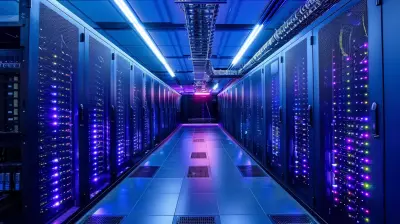
Cooling Solutions for Data Centers: Innovations in Heat Management
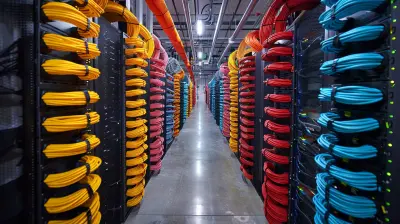
What Is a Zero-Trust Data Center and Why It Matters

Blockchain's Role in Driving Future Decentralized Economies
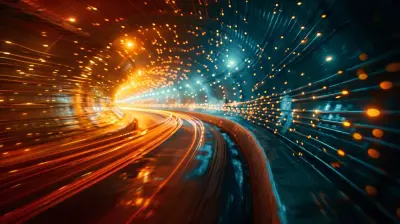
The Role of Digital Transformation in Enhancing Product Lifecycle Management
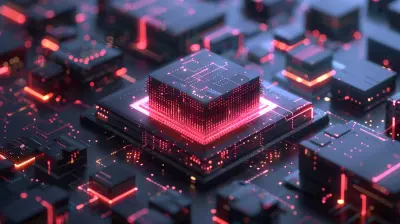
How 3D NAND Technology Is Revolutionizing Data Center Storage
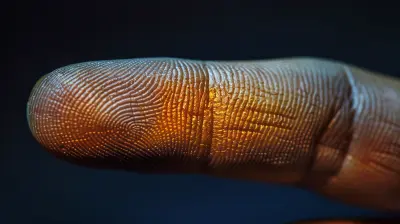
The Future of Biometric Security in Data Protection

Green Tech Innovations Powering the Future of Gadgets
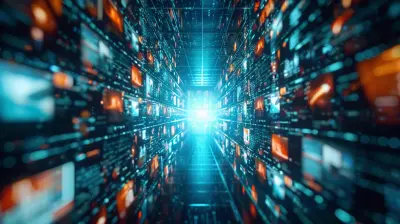
Digital Transformation in Media: The New Age of Streaming Services
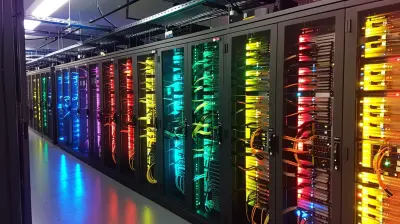
Data Center Infrastructure Management (DCIM): Tools You Should Be Using
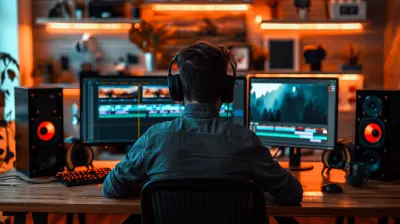
The Benefits of Using Plugins with Your Video Editing Software
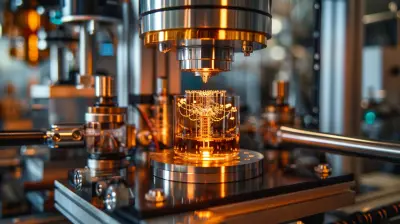
Quantum Sensors: Revolutionizing Precision Measurement
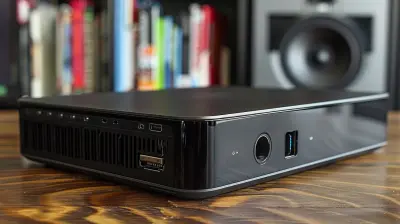
How to Build a Home Server for Media Streaming and File Storage

The Rise of Decentralized Finance and What It Means for Traditional Banks